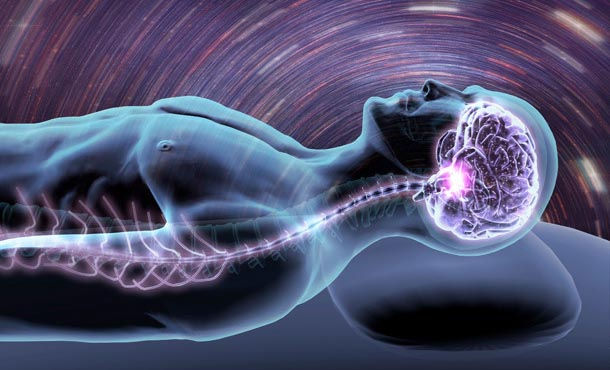Cerebellum: The Little Brain
- Shamsi Mumtahina momo

- Nov 10, 2022
- 2 min read
The lower-back part of the brain is known as cerebellum. It is around 10% of total brain weight. However, it contains as many as 80% of all neurons in the brain.The cerebrum plays a very vital role in balance, coordination, movement,motor skills,critical thinking and processing of some types of memory.

Structure:
The cerebellum consists of four lobes:
The frontal lobe: This sits at the front and top of the brain. It plays a role in the highest levels of human thinking and behavior, such as planning, judgment, decision making, impulse control, and attention.
The parietal lobe: This lobe lies behind the frontal lobe. This lobe is responsible for sensory information and helps an individual understand their position in their environment.
The temporal lobe: A lobe at the lower front of the brain. This lobe has strong links with visual memory, language, and emotion.
The occipital lobe: This is at the back of the brain. The occipital lobe processes visual input from the eyes.
Functions:
Balance and posture:Cerebellum works with sensory input from eyes and ears to keep us upright and steady. In fact,it has special sensors that detect shifts in balance and movement. It sends signals for the body to adjust and move.
Coordinating the Body's Voluntary Movements:The cerebellum receives sensory information, so it has information about what each body part is doing. Signals can be received from the brain stem, spinal cord, and the cerebrum, to coordinate and control movement.It receives information from the frontal lobes of the brain.Although the cerebellum does not initiate movement, it does help to organize the movements to ensure it is a fluid and coordinated action.
Cognitive Functions:The cerebellum also plays a very important role in other cognitive functions,such as speech, emotional process,impulse,language,feeling of fear and sorrow and so on.
Motor-learning:The cerebellum plays a vital role when we learn a new skill. For instance, at the time learning how to ride a bike for the first time,one may expect they would typically start off making mistakes and falling off the bike.
The cerebellum helps to fine-tune the motor skills required to ride a bike, until they get to a point where the action can be completed seamlessly and almost automatically.
Causes of Cerebellum Damages:
Damage of the cerebellum or any hindrance of its link to other parts of the nervous system can occur in many ways:severe usage of alcohol,head injury,brain tumor, Parkinson’s disease,infection,stroke,multiple Sclerosis and so on.
Thus,damage to cerebellum in humans can result in a loss in the ability to control fine movements, posture maintenance, and motor learning.
Reference:




Comments